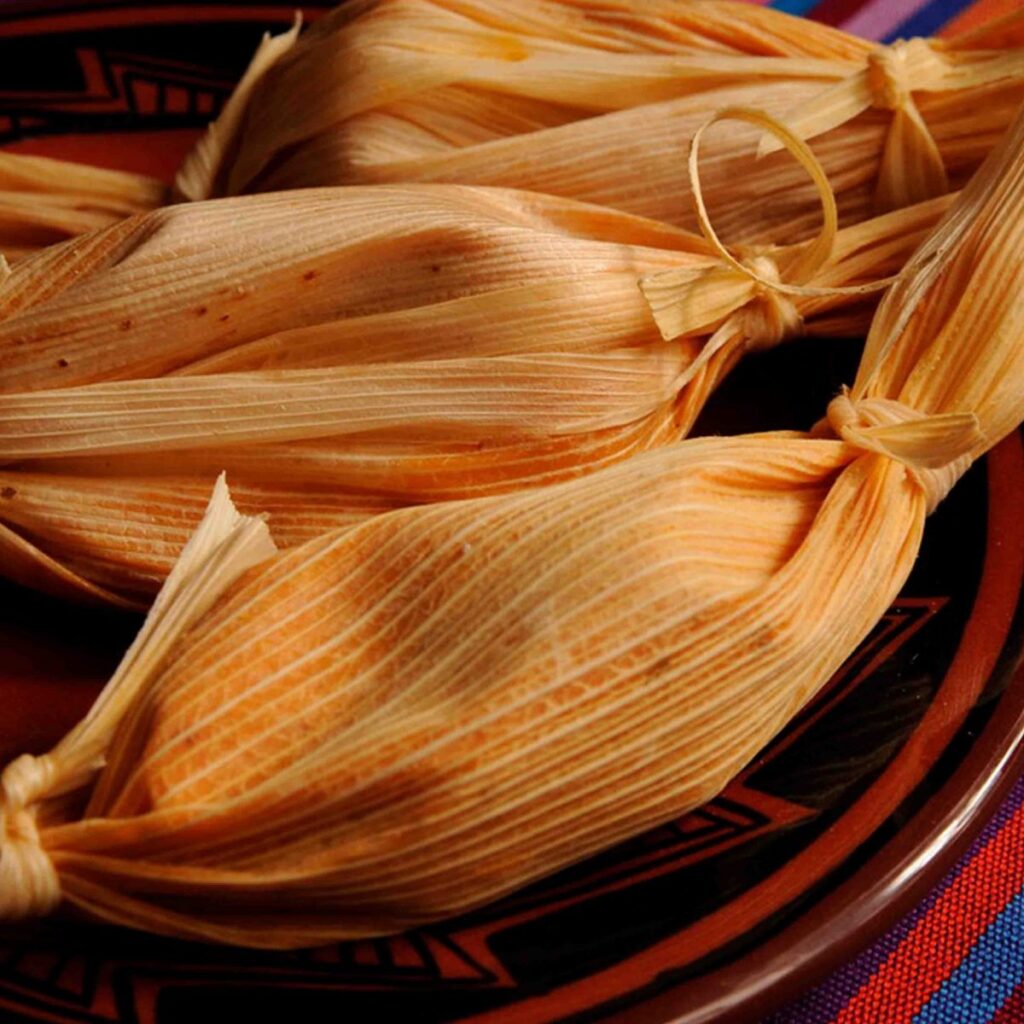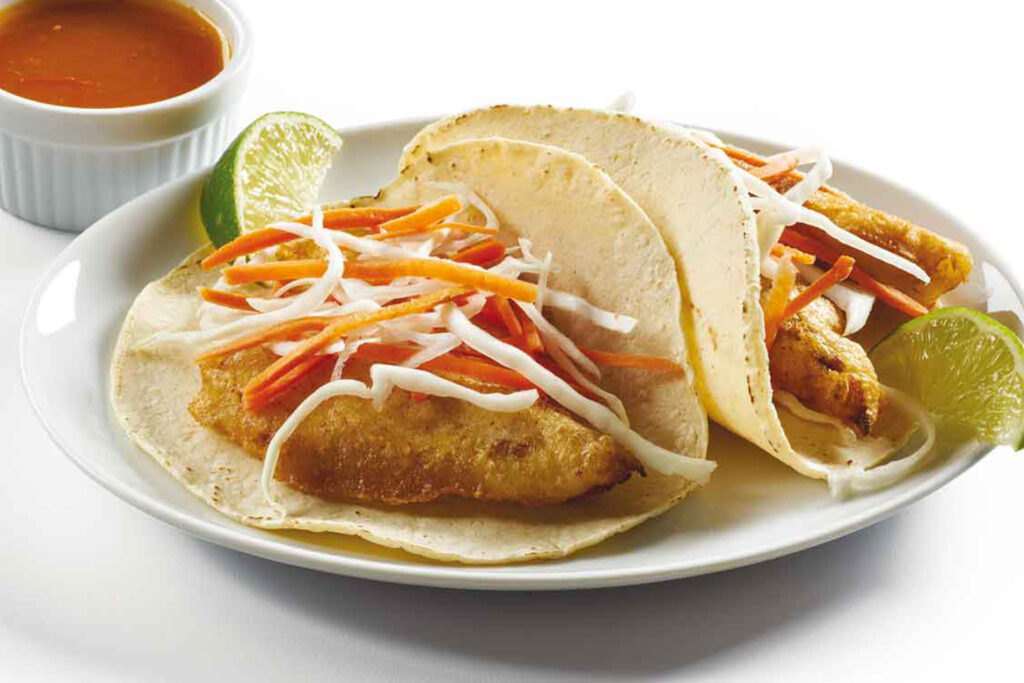
Delight in every bite
Cancun was founded in the 1970s, being a young city people from other parts of Mexico moved here and of course, they brought their own customs and cooking traditions, hence the powerful regional influence of Yucatan food, Chiapas, even Veracruz, Tabasco, and Mexico City and more.
In this issue, we will focus a little bit more on the Yucatan styles since the rest of the food is available in other parts of Mexico in the same shape or form. Things like tacos and tamales can be found in practically all many states but each with its unique touch and ingredients. The restaurants in Cancun and the Riviera Maya offer many of these options but we will focus on a couple of restaurants that are known for presenting these options consistently. So let us talk about some of the regional food and ingredients found in this location. Some of them we did not know were native to this region and or Mexico for many centuries.
Yucatan Peninsula
Tacos aren’t mere appetizers in Mexico’s vast and varied menu. When the Spanish arrived, they found Mexico’s natives cooking with corn, beans, chiles, tomatoes, and squash, combined with turkey and other wild ingredients.
Local women promptly incorporated beef, pork, lamb, nuts, fruits, cheese, spices, and sugar cane brought by the conquistadors. To the dismay of the Spaniards and the delight of travelers today, the result was not a simulation of European cuisine but new interpretations of native dishes. Mexican cooking remains simple at its core, most of the spicy flavor is added afterward with the chile and salsa found on every table. Regional variations range from the basic but nutritious dishes of the north to seafood specialties of the coastal regions to the complex variety of Mexico City and the central states to the earthy, piquant creations of the Maya in the south.
A debt of gratitude
Lost among the laurels heaped upon the ancient Maya for their contributions to science, mathematics, architecture, astronomy, and writing is the wide array of foods they introduced. It’s no overstatement to say the Maya changed the world’s eating habits in the 1500s. Just try to imagine life without these signature elements.
Naturally delicious

Avocado: From its origins in southern Mexico, where it was used as an aphrodisiac, the avocado spread to the Rio Grande and central Peru before the Europeans learned about it.
Black Beans: Archaeological findings indicate the black bean originated in southern Mexico and Central America more than 7,000 years ago. Still the favorite in and around Yucatan, it has spread widely throughout Latin America, the Caribbean, and the U.S.
Chiles: Chiles have been cultivated in the Americas for more than 6,000 years. Blame Christopher Columbus for calling them “peppers,” but credit him for their worldwide reach. Southern Mexico’s Capsicum annum species, with its many cultivars, is crucial to nearly every fiery cuisine in the world.
Chocolate: The Maya’s “food of the gods,” made from the toasted, fermented seeds of the cacao tree, is arguably the New World’s greatest gift to civilization. Though Cortez learned of chocolate from the Aztecs, the Mayan ate it many centuries earlier and used cacao beans as currency.
Corn: The creation myth in the Popol Vuh, the Maya “bible,” attributes humankind’s very existence to this domesticated strain of wild grass, easily the most important food in the Americas. Thousands of years after corn became a dietary staple, the Maya started cultivating it around 2500 B.C. and abandoned their nomadic ways to settle in villages surrounded by cornfields.
Tomatoes: Even the Italians had to do without tomato sauce before the discovery of the New World. Precursors originated in Peru, but the tomato as we know it came from Yucatan, where the Maya cultivated it long before the conquest.
Papaya: The large, woody, fast-growing herb, commonly referred to as a tree, was used to treat stomach ailments. After spreading from southern Mexico, it now grows in every tropical country.
Vanilla: The elixir from a special species of orchid originally flavored Maya chocolate drinks. Southern Mexico’s jungle is still the only place the orchid grows wild, pollinated by native stingless bees that produce Mayan honey. The prized Tahitian vanilla comes from Mexican stock, and must be hand-pollinated.
Tortillas: The tortilla is Mexico’s bread and is sometimes used as a fork or spoon, as it works to scoop up food. Corn is cooked in water and lime, ground into grainy masa dough, patted and pressed into thin cakes, and cooked on a comal (hot griddle). Even restaurants that serve bread always have tortillas available. The flour tortilla was developed in northern Mexico and is less common in the south.
Enchiladas: The most famous of countless Mexican dishes derived from the tortilla was originally called tortilla enchilada, meaning a tortilla dipped in a chile sauce. Variations include entomatada (dipped in tomato sauce) and enfrijolada (in bean sauce). The basic enchilada, still sold in food stands, is a tortilla dipped first in hot oil and then chile (usually ancho) sauce, folded or rolled on a plate, and sprinkled with chopped onions and queso cotija (crumbly white cheese). It’s often served with fried potatoes and carrots. Restaurants serve more elaborate enchiladas filled with cheese, chicken, pork, or seafood. In Southern Mexico, enchiladas are often bathed in a rich mole sauce.
Tacos: Anything folded or rolled into a tortilla—sometimes two, either soft or fried—is a taco. Flautas and quesadillas are varieties of tacos. This is the quintessential Mexican fast food, sold in taquerías everywhere. Additionally, you can find traditional fish, shrimp, pork skin, cochinita, pastor tacos, and many more.
Beans: Most Mexican households eat beans daily. Pinto beans are predominant in northern Mexico, but black beans are the Yucatan’s legumes of choice. Mexicans add only a bit of onion and garlic and a pinch of herbs, as beans are meant to be a counterpoint to spicy foods. They also may appear at the end of a meal with a spoonful of sour cream. Fried leftover beans often appear as frijoles refritos, a side dish commonly called “refried beans.” In fact, they are fried just once; the prefix re means “well” (as in “thoroughly”), so a better translation might be “well-fried beans.”
Tamales: The ultimate take-out meal, “tamales” (singular: tamal) originated in pre-Hispanic Mexico and became more elaborate after the Spanish introduced pork and other ingredients. To make a tamal, mix corn masa with lard, beat the masa, add a filling, wrap it, and steam it. Every region has its own specialty. The most popular rellenos (fillings) are pork and cheese, but they might be anything from fish to iguana, augmented by pumpkin, pineapple, rice, or peanuts, and tucked into a blanket of yellow, black, or purple masa. Tamales are usually steamed but may be baked or grilled; the jackets are most often dried corn husks or fresh corn or banana leaves but may be covered in palm, avocado, or chaya (a spinachlike vegetable) leaves.
Yucatecan tamales have a distinctly Mayan flavor. They are filled with pork or chicken marinated in achiote (an earthy, mildly tangy paste made from the annatto seed) and cooked in an underground pit or oven that chars the banana leaf in a black color. Tabasco makes use of freshwater fish and seafood, rice, and an array of exotic produce. Chiapas’ eclectic assortment of tamales might be filled with mole, chicharrón (crispy, fried pork rind), or even flower buds; the best known are tamales de bola, with pork rib, a prune, and a small dried chile, all wrapped up in a corn husk tied on top to form a ball (bola).
Regional Specialties
The Yucatan community lived in isolation from the rest of the country until recent decades, and its cuisine has proved to be an amalgam of native, European, Caribbean, and Middle Eastern flavors and techniques. Some of the most recognizable tastes are achiote, sour oranges, lime juice, pumpkin seeds, and pickled onions. Turkey (pavo), still the most common meat in Yucatecan homes, is prominent on most menus, though beef, pork, and chicken have also become staples. Fish and seafood reign along the coast.

Savor of the flavor of Mexican delicacies
Achiote and sour orange came to Yucatan by way of the Caribbean; Edam cheese through historical trade with the Dutch; and peas likely from the English. A wave of Lebanese immigration around the 20th century also left its mark; the spit-broiled tacos al pastor is basically Mexican gyros, and you might come across kebbah made of beef or potatoes instead of lamb or dolmas wrapped in chaya instead of grape leaves.
The Yucatan’s trademark dishes are chicken or cochinita (pork) pibil, meat marinated in achiote, bitter orange, and spices, wrapped in banana leaves and barbecued or baked in a pit; poc chuc, pork slices marinated in sour orange and garnished with pickled onions; and lime soup, made of shredded, lime-marinated turkey or chicken and topped with sizzling tortilla strips.
Now that we talked about all these yummy ingredients we have to mention these two famous restaurants in Cancun.
La Habichuela
This restaurant prints a unique style that, after more than 40 years, has become a classic. It is a tribute to the Mayan culture that could well be a museum.
The gastronomy developed over the years has resulted in delicious starters and main dishes that do not have nationality but have their own name and unique personal touches
Labná
At the Labna restaurant, guests will be delighted with a great variety of dishes with unexpected flavors, starting with the subtle flavor of the traditional lime soup, papadzules, panuchos, and others with peculiar names.
Needless to say the “cohinita pibil”, a dish that stands out in this kitchen. However, there is the black filling (“relleno negro”), a specialty that you cannot stop trying since it highlights the very particular flavor of the Valladolid sausage accompanied with strained beans.
Don’t forget to ask about any of these ingredients or dishes noted here next time you visit our the Mexican Caribbean!


Be the first to reply